Japanese maples are easy to grow in containers or in the ground, create an attractive and beautiful environment by planting Japanese maple near house.
Most prefer a shady location As a safe haven. Small and slow growing with a beautiful habit and gorgeous leaves, they are the perfect choice for even small gardens.
It is one of the world’s most popular landscaping trees. The delicate beauty and vibrant colors make the Japanese maple an attractive choice for landscaping or containers.
Not only are they beautiful and easy to grow, they have the power to transform any landscape into something truly magical.
They are common in ornamental gardens or residential gardens as they can be quite convenient.
Each Japanese maple has its own unique characteristic charm. Are you considering adding one or more of these iconic plants to your landscape plan, but not sure where to start?
Japanese maples are a stunning variety of tree that is adaptable and easy to care for once established.
Here’s how to take care of Japanese maples and some best practices for planting.
When to Plant a Japanese Maple?
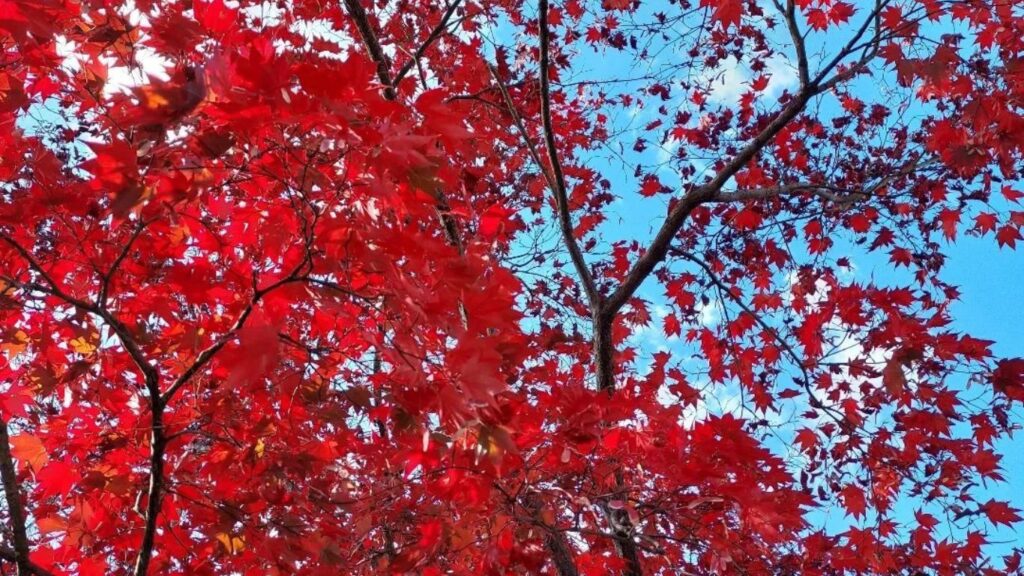
Japanese maple trees can be planted any time of year. Most gardeners recommend planting in spring, but this is not a rule that must be followed strictly.
However, plant your plants before a severe winter arrives or before freezing temperatures hit.
This is because the root system must be established before experiencing the first hard freeze.
Plants from early autumn to winter, so usually from October to March.
Where to Plant Japanese Maples
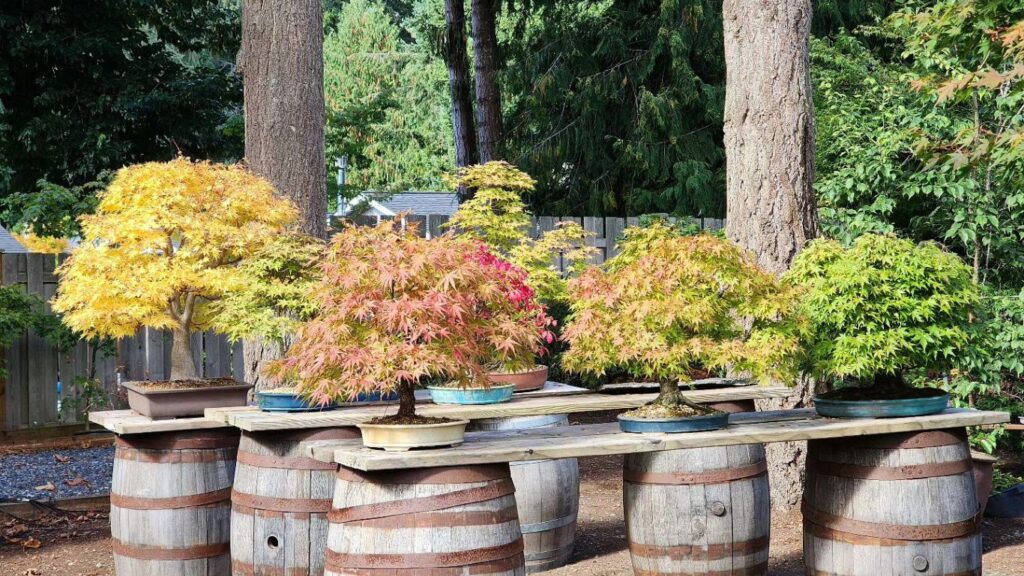
If you are planting your Japanese maple near a house or other structure, be sure there is good clearance to allow your tree to grow to its full potential.
The size of your tree will change depending on the weather and the normal rules.
For your Japanese maple to thrive, be sure to choose a planting site where your tree will receive both sufficient sunlight and adequate drainage and air to prevent root rot.
Choose The Right Japanese Maple Variety For You
Japanese maple trees have a variety of shapes and their range of leaf colors, sizes and fall colors create year-round interest, especially for small gardens.
Planting Japanese Maple Near House For Height
Japanese maples can grow up to 8 meters in fifty years, depending on growing conditions, but are mostly small, slow-growing trees rarely 1-2 meters tall.
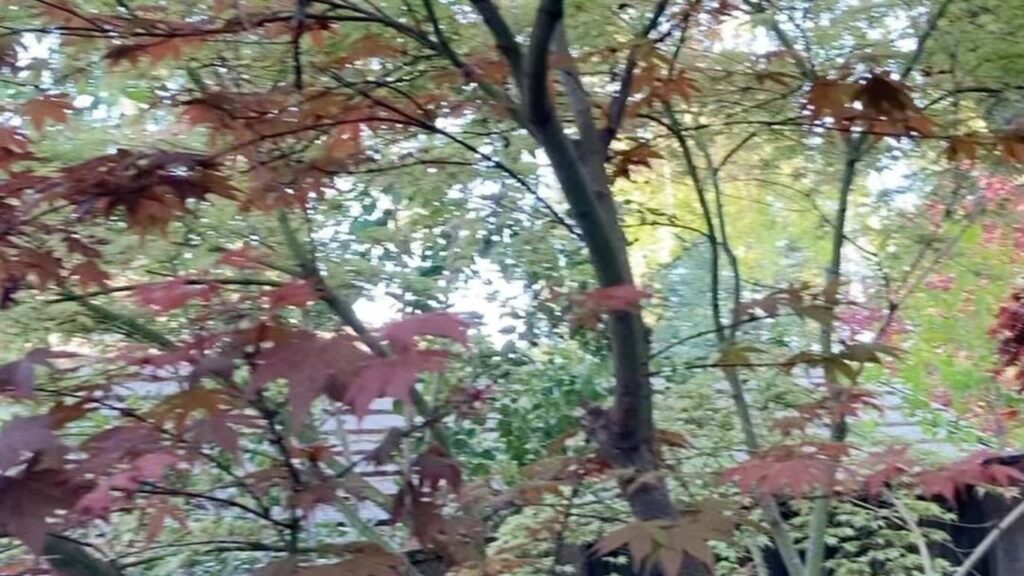
Ideal size for small scale or one pot. After thinking about what height and shape you want, think about the color of the leaves.
It is worth noting that the same leaves may be of different colors at different times of the year. color of leaves.
Their colors distinguish Japanese maples. Many produce new growth each spring that practically turns red when exposed to sunlight; In summer, those leaves turn green, and in fall they turn red, gold, and orange.
Other leaf colors include plum, bronze, violet, yellow, pink, or bright red.
With more than 700 cultivars, you’ll also find a wide variety of leaf shapes and textures.
Selections of Acer japonicum produce small spreading trees.
Acer palmatum selections are more shrub like as they are wider than tall.
Both the above varieties adapt to a wide variety of environments with erect, spreading and weeping forms.
The colors of newly emerged leaves range from yellow to lime green to bright pink.
They are usually palmate in shape with finger like lobes or so finely cut as to appear lace-like, Fall colors range from bright yellow to orange to deep red,
Red leafed varieties require some sun to develop a rich leaf color.
Planting Japanese Maple Near House For Natural Fertilizer
Japanese maples will grow well in a range of soils, so it shouldn’t be a big limiting factor on what you choose.
However, they do well in gardens that are well drained and have lots of organic matter, Also referred to as home-made garden compost or seed.
Potting Compost
garden compost is a soil improving material made from decaying plant waste, usually in a compost bin or pile.
It is added to the soil to improve its fertility, texture and water holding capacity.
Seed or potting composts are used to grow seedlings or plants in containers, A wide range of commercially produced peat free composts are available.
Made from a mixture of You can also mix different materials, such as loam, composted bark, coir, and sand, though.
Your own garden centers Compost or bagged soil conditioners from garden.
Plants are available from most good garden centres, but a larger range can be found at specialist nurseries or flower shows.
Japanese maples are widely sold as small trees grown in containers, but bare roots can be obtained from specialist nurseries from late autumn to winter.
Choose a tree with a balanced composition of main branches.
Plants grown in containers will not show evidence of leaf wilting such as browning of the leaf edges.
How to Plant of Planting Japanese Maple Near House
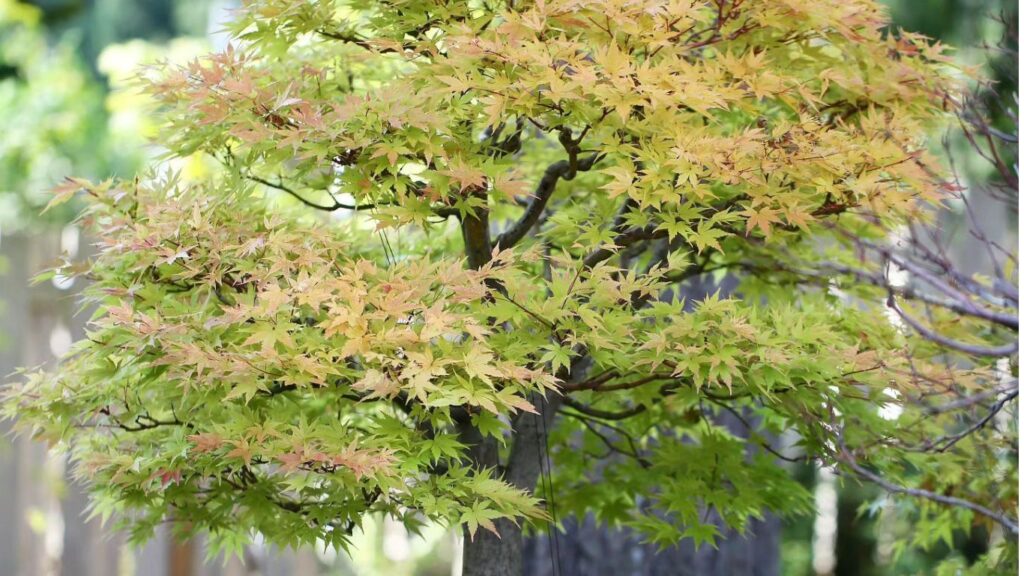
dig a hole three times the width of the root ball, but not deep. When you place the plant in the hole, it should sit just above the soil line.
Mix some slow-release fertilizers well into the peat, backfill and water.
Although the Japanese maple will grow in most soils, they prefer slightly acidic soil.
It is best not to plant them in highly alkaline or saline soils. For a container use a good planting mix.
Two of the biggest concerns when planting Japanese maples are sunlight and water.
A little bit of each is important, but too much may lead to undesired disaster.
Japanese maples need well-draining soil, but they prefer consistent moisture.
Water regularly if rainfall is lacking, especially in the first 3 years of growth, and aim to keep the soil moist.
Where to Put it?
With a little effort and a little planning, an established Japanese maple can add liveliness and style to any landscape.
For small or developing plants, starting in a container is an easy way to gauge where they can do well without having to commit to the ground.
Plastic containers that are unaffected by temperature changes are recommended.
Look for areas with partial shade or prefer areas that get some sunlight. Full sunlight doesn’t necessarily kill these plants, but leaves are easily damaged by too much sunlight.
Caring For Japanese Maple
Watering
less more If drought conditions are not reached, minimal watering is required. Plants under two or three years old may need occasional watering.
Mature plants can tolerate long periods without water.
Fertilized
Fertilizer can also be used sparingly, though the plant will benefit from a layer of mulch to help regulate root temperature.
Cutting
Unless you’re concerned about beautification or space limitations, pruning is only necessary to remove dead or damaged branches.
How to Protect Diseases and Pests For Planting Japanese Maple Near House
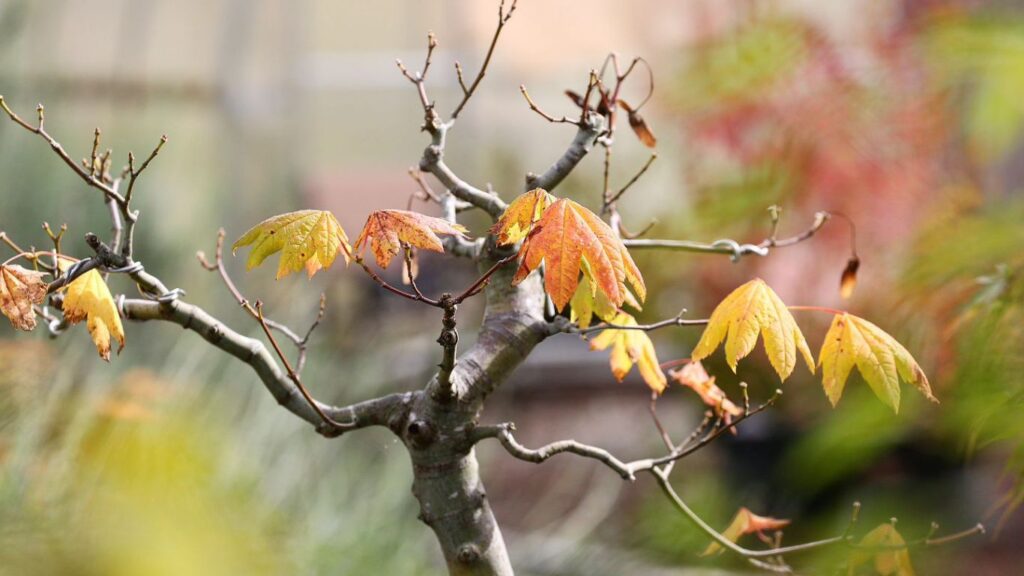
Pests that attack Japanese maple include Japanese beetles, mites, scales, aphids and mealybugs.
Remove them with a powerful stream of water from your hose. If they keep coming back, switch to a pesticide that targets your specific problem.
Follow The Product Instructions
Canker and verticillium wilt are chronic fungal diseases that can damage Japanese maples.
Help keep your plants healthy and prevent them with water and fertilizer as needed.
Also be careful not to damage the bark with lawn mowers or other garden tools.
Another disease, anthracnose, shows up as black spots on deformed or dead leaves. It often occurs in wet, humid climates and has no chemical cure.
But you can help prevent this disease by clearing your garden of dead or diseased plant parts and using only clean, fresh mulch.
The good news is that many diseases resolve on their own, so your Japanese maple can recover and grow for years to come.
Spacing Japanese Maple
If you are planting more than one Japanese maple, it is important that you space them at least 6 feet apart to accommodate their full adult size.
This is also an important consideration when planting one of these trees near any structure, driveway, or walkway.
Dwarf varieties will require less spacing than larger varieties, some as little as 4 feet.
Or, if you are planting in pots or containers, you don’t have to worry about spacing.
Japanese Maple Cultivars to Consider
Red Dragon
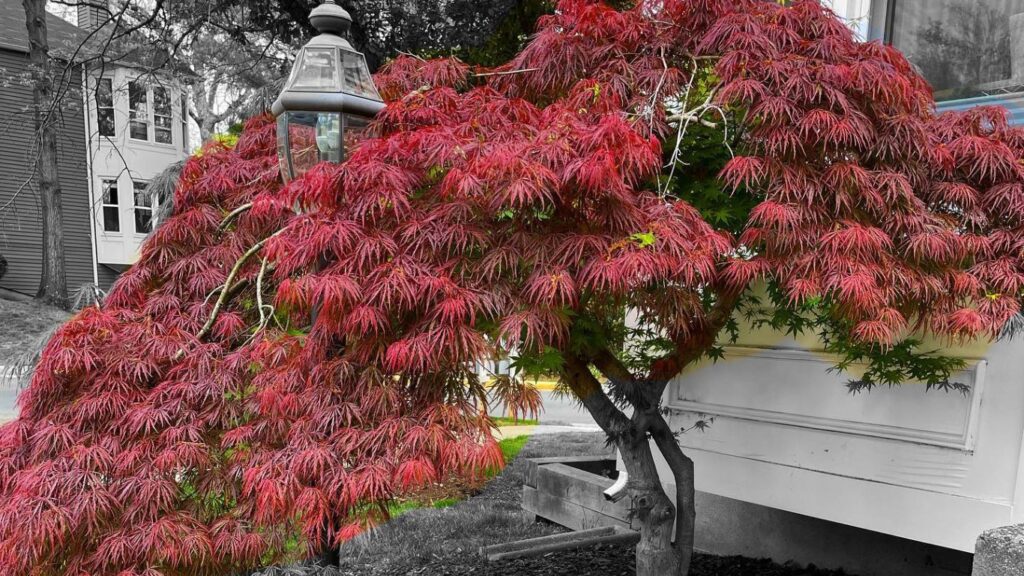
Red Dragon is a Japanese maple for Red Dragon matures in 7 to 8 feet. Its size, coupled with its slow growth habit, makes it perfect for containers.
Red Dragon features deeply mottled purple leaves that turn bright apple red in fall.
Crimson Queen
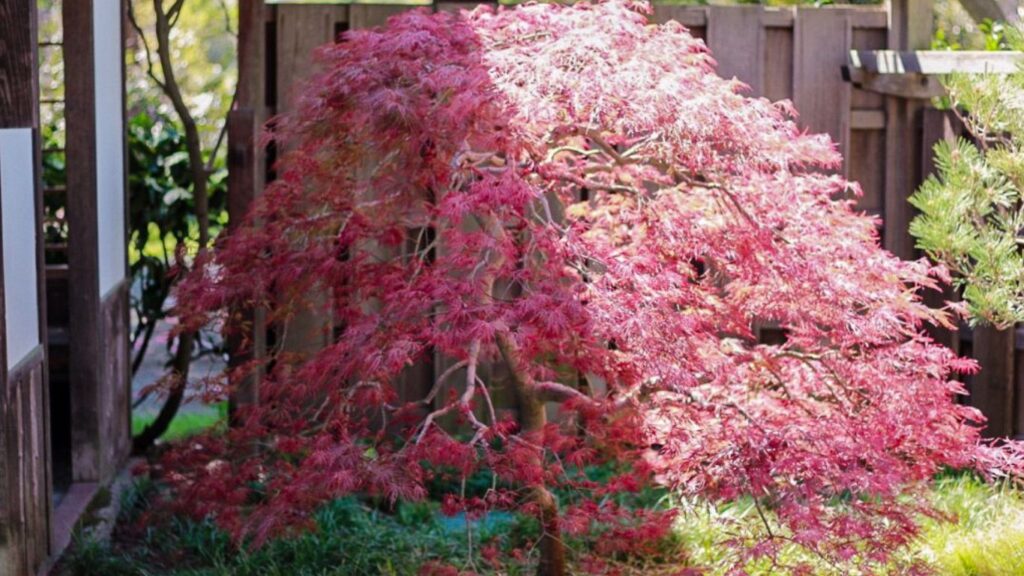
Crimson Queen Japanese Maple for Crimson Queen features delicate, weeping leaves and beautiful red color throughout the summer.
Orangeola
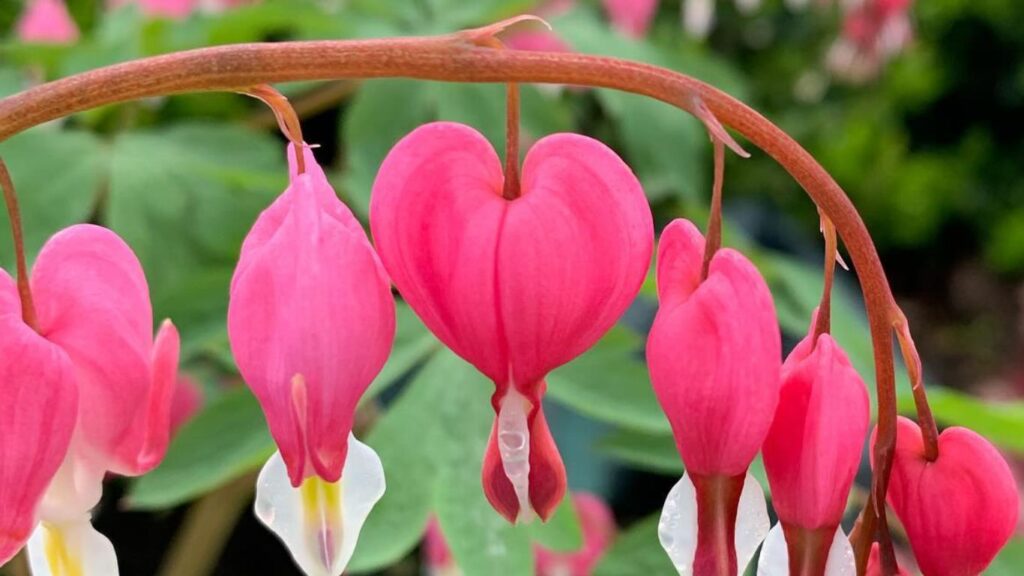
Orangeola is the Japanese maple for Orangeola is a fast growing Japanese maple that displays stunning orange leaves in spring and fall.
During the summer, the leaves turn red and green.
Viridis
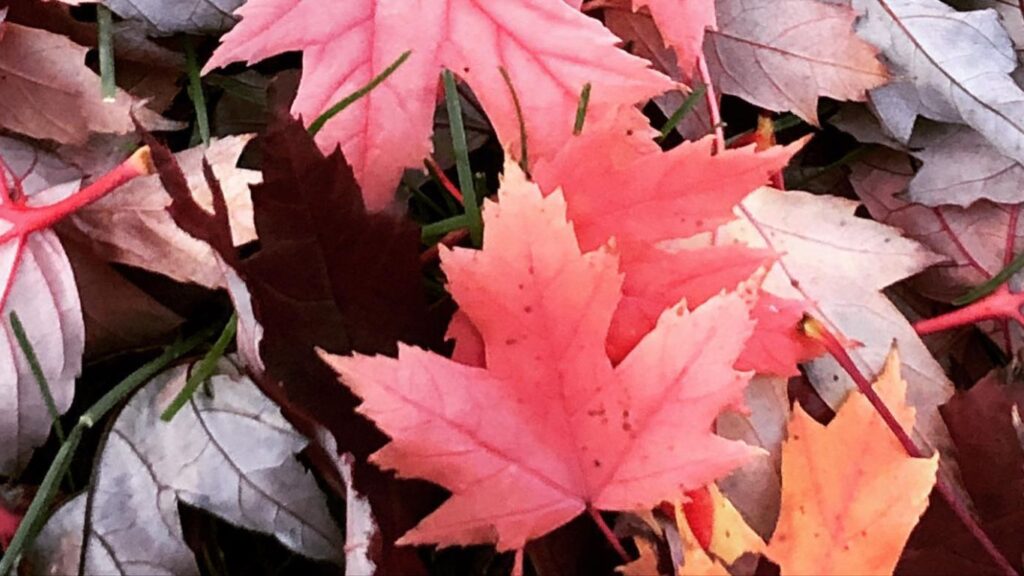
Viridis Japanese Maple for Viridis features bright green, lacy leaves that develop into an elegant dome shape over time.
It is a beautiful bright orange in fall, with golden yellow undertones and crimson highlights, which transitions to bright green throughout summer.
This maple is the most vigorous of the green leafleaf maples.
Shishigashira
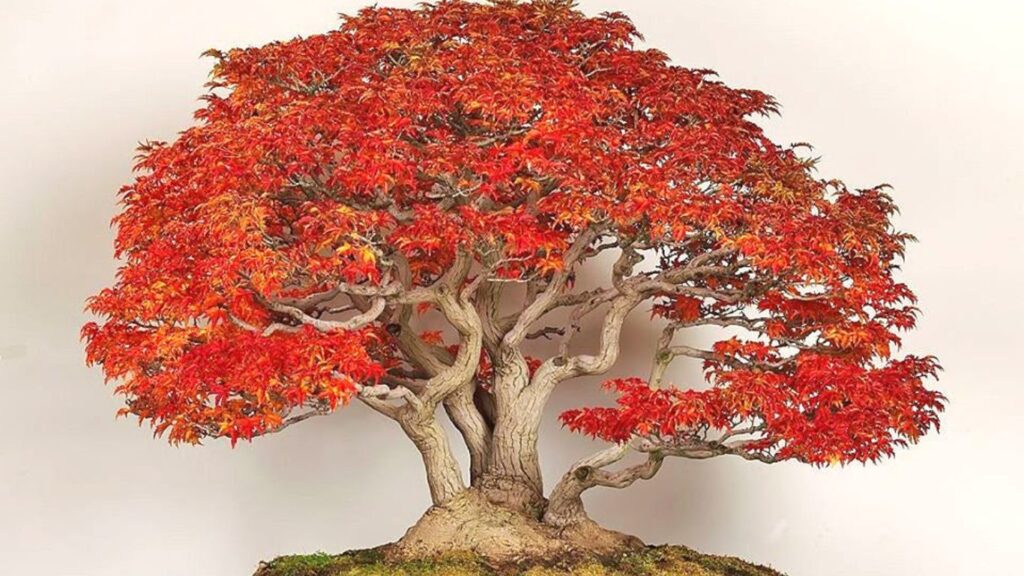
shishigashira Japanese maple for Shishigashira features solid green foliage throughout the summer and purple red foliage with orange tinges in the fall.
This is good for containers or small gardens.
Shinea
Shinea Japanese Maple for Shaina features bright red leaves in the spring that mature to a deep maroon red in the summer.
It has a freely branching habit which thickens as it matures.
Kunara Pygmy
Kunara Pygmy is a nice dwarf variety with a compact structure. The pale pink and green leaves emerge in the spring and turn all green in the summer.
Fall brings bright orange and yellow leaves, accented with splashes of crimson.
Shiraz
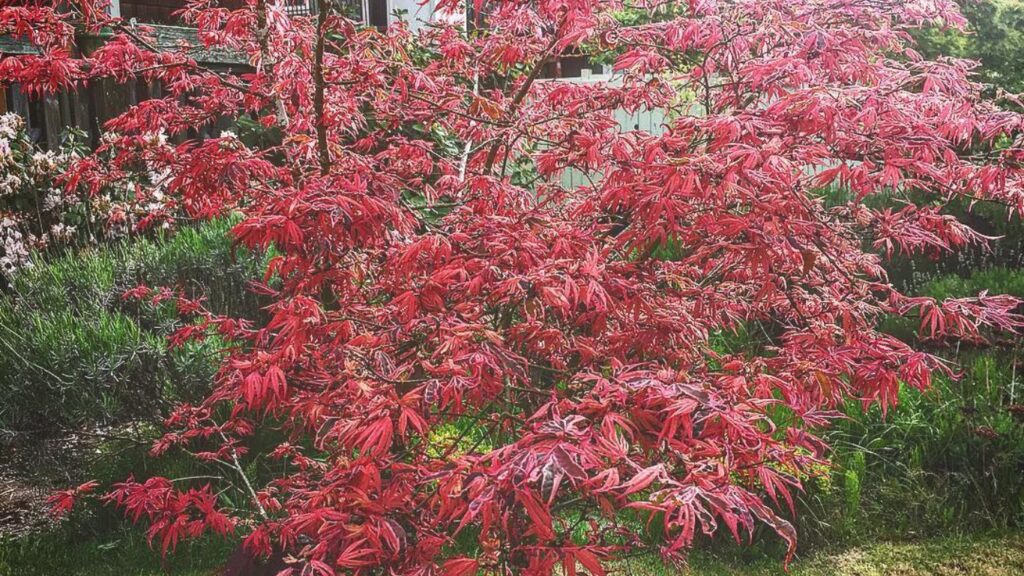
Shiraz Japanese maple for In the spring ‘Shiraz’ delights with bright pink leaves that turn green with creamy pink edges throughout the summer.
This Japanese maple can live for 60 years or more thanks to its long journey.
Conclusion
From the above analysis we know that Japanese maple tree planting and care is very easy. It can be easily planted in the home yard or at a desired location a little further away. It is a very easy process to choose the desired color as it is available in different colors. Which enhances the beauty of the house effortlessly.
Reference:
https://www.ehow.com/info_8424902_can-maples-planted-close-houses.html
